7 ways to connect stranded wires together
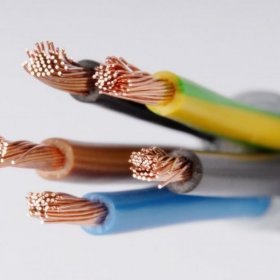
In stranded wires, the cross section is formed by several, sometimes intertwined veins. Knowing how to connect multicore wires to each other, it is quite easy to independently carry out such work and get a durable, absolutely safe contact during operation.
Content
Where are stranded wires used?
Any stranded conductor contains at its base a large number of thin wires. The use of a multicore cable is relevant in areas requiring a large number of bends or, if necessary, pull the conductor through openings that are too narrow and long enough.
The scope of multicore conductors is presented:
- elongated tees;
- mobile lighting devices;
- car wiring;
- connecting lighting devices to the electrical network;
- by connecting switches or another type of leverage to the electrical network.
Flexible stranded conductors can be twisted many times and easily, which does not negatively affect the performance of the system. Among other things, just such a variant of electrical wiring is distinguished by its ductility, and great flexibility and elasticity is given to the wire by weaving a special thread, which is a bit like strength and composition a capron.
Methods for connecting stranded wires to each other
Currently used methods of electrical connections of multicore conductors are distinguished by the ability to obtain not only strong, reliable and durable, but also completely safe contact of the conductors.
Stranded conductor twisting
This option is the most simple to execute and intuitive, not requiring the use of special equipment or professional tools.
- Strip the conductors at the ends of the conductors from the insulating layer and lay them on top of each other. To twist the laid veins laid on each other.
-
Strengthen the twist with pliers. A simple parallel twist is reliable enough from the point of view of contact between the conductors, but vibration and mechanical forces applied to break can easily break the strength of such a connection.
The second method consists of the following steps:
-
Strip the conductors from the insulating layer and lay them crosswise on top of each other.
-
Wrap one exposed core around the other over the entire surface.
-
Verify visually the strength of the completed winding. Using simple or traditional twisting, additional conductors are electrically connected to the main, leading wiring line.
Twisting the wires by the third method:
- Remove insulation from the ends of the conductors. Lay bare ends on top of each other and wind the first core.
- Winding the second core, then visually verify the reliability of the connection. The method of sequential twisting involves "winding" each connected conductor onto another, which ensures optimal contact of the cores.
There is also a fourth method, which is as follows:
- Strip the ends of the conductors from the insulation with a sharp knife and align them in length.
-
Bend the connected stripped ends and entwine them with a piece of another core.
-
Perform a visual inspection of the connection and make sure that it is reliable. Bandage twisting consists in parallel application of the connecting cores to each other and the subsequent fixation of the connection with a tightly laid soft conductor.
Soldering method
Soldering conductors with a household soldering iron provides high-strength contact and good electrical conductivity. Tinning of stranded conductors is carried out using rosin (flux) and standard solder using standard technology.
- Strip wires from insulation and remove oxidation if necessary.
-
Heat the wires with a soldering iron tip to the flux melting temperature and immerse the heated wire in a container with rosin.
-
Apply molten solder to the tip of the soldering iron and carefully transfer it to the exposed parts of the core. After tinning, the wires should be connected to each other by twisting, which without fail “is pulled up” with pliers.
Terminal Type Connections
The use of different types of terminals is the most affordable way of connecting stranded wires in a domestic way. In most cases, the used terminal blocks are divided into a couple of basic types.
The principle of operation of the clamping terminals involves fixing the wire using the built-in spring mechanism.
The screw type terminal block assumes a reliable fixation of all connected stranded wires with a screw. To increase the area of wire contact with the conductive surface, an additional bend of the core is required.
Phased work:
- Strip the ends of the conductor and align them in length according to the depth of the terminal block.
-
If more than one conductor is connected to the terminal block at the same time, it is necessary to pre-connect the wires with parallel twisting.
-
Check the reliability of the twisting performed and then fix the wires in the connector hole.
Crimping method
The crimping method involves connecting wires or cables using a copper or aluminum sleeve using special crimping pliers of hydraulic or manual type.
The pressing technology consists in stripping the insulation according to the length of the sleeve, and too thin cores should be twisted together. Then all cables are folded together and located inside the sleeve, after which double crimping is performed along the entire length. The method allows for reliable and safe connection of stranded wires made of different types of materials.
Bolted connection
The simplest but not reliable way to connect stranded wires is twisting with subsequent bolt fixation. This plug-in option is most often used in open wiring.
To increase the reliability of the connection of stranded wires, it is recommended to clean the ends from insulation, then tin the cleaned areas and fasten them with a bolt.
Application of insulating clamps
PPE elements are used, if necessary, to connect stranded wires with a small cross-section (within 25 mm2) The design feature of this clamp is a plastic case with a built-in conical spring.
Stranded wires are first connected in a bundle by twisting, on which the clamping part is then wound. Among other things, the place of the wire connection does not need additional insulation.
Welding method
One-piece connection is the most reliable way when working with stranded wires. When welding is carried out correctly, the general indicators of mechanical strength and contact resistance do not differ in reliability from the similar parameters of a solid conductor.
Welding can be performed on alternating and direct current. At the preparatory stage, the wires are stripped of insulation, after which they are twisted and aligned by trimming the ends. To ensure that the conductors do not overheat during the welding process, it is necessary to ensure high-quality heat removal.
Security measures
In order to ensure safe operation of connected stranded wires, it is important to insulate all parts of the electrical wiring without fail. Proper insulation helps to eliminate the dangerous contact of conductive parts with each other or with the human body. When choosing an insulating material, it is necessary to take into account the operating conditions of the electrical circuit, but in most cases an insulation tape is used for this purpose, as well as a special vinyl or heat shrink tube.
If the connection area is adversely affected by high-temperature conditions, it is recommended to use varnish or fabric insulating tape as insulation material. Equally important is the correct implementation of all stages of electrical installation. Only with a reliable connection and proper connection of all elements of the power supply network can it be possible to minimize the risk of the appearance of areas with poor contact, and local overheating and breaks in the electrical wiring are also prevented.
Multicore cables - a popular and common option, widely used for arranging electrical wiring for various purposes. The general rules for the separate connection of multicore and single-core conductors do not have any differences or features, therefore it is allowed to use twisting, a screw clamp, PPE elements, welding and soldering for this purpose.
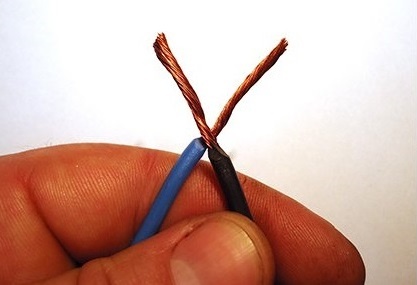
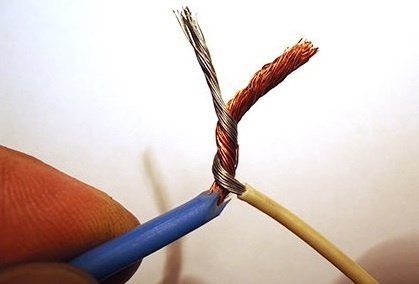
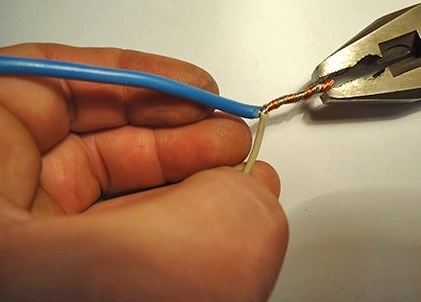
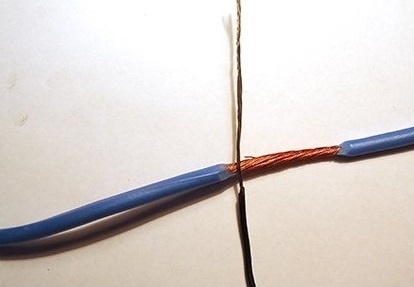
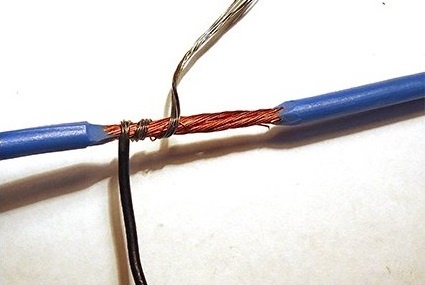
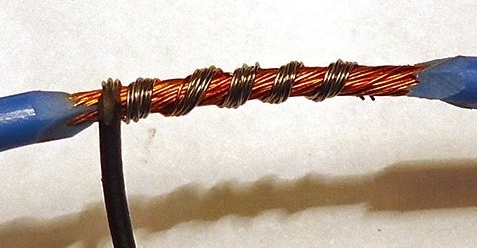
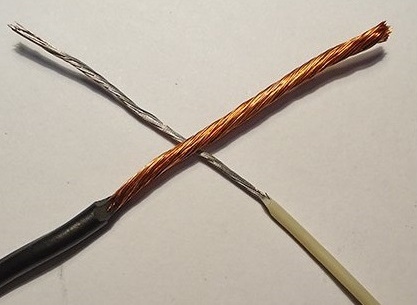
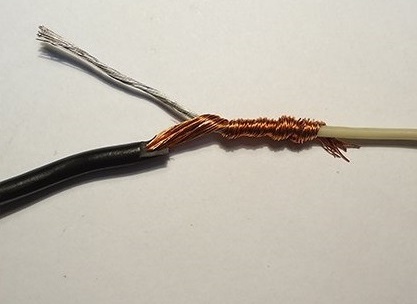

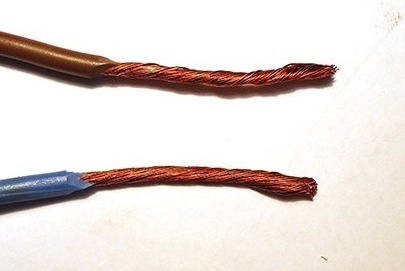
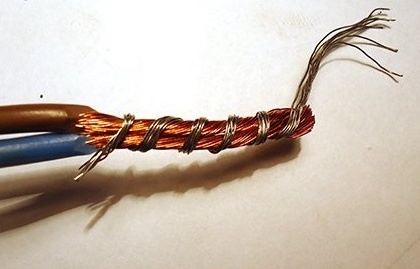
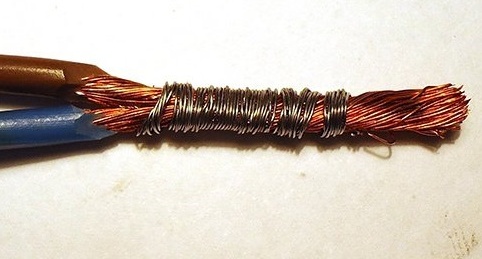

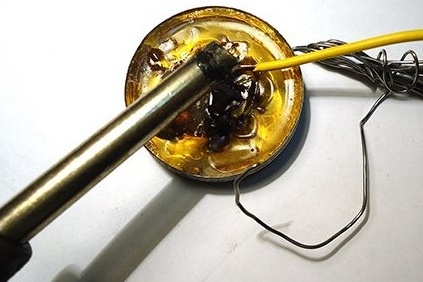
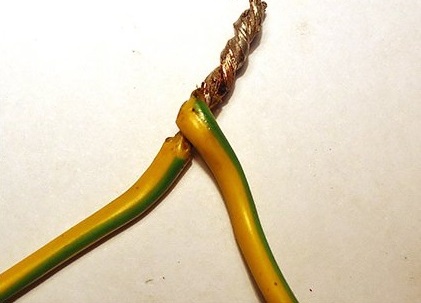
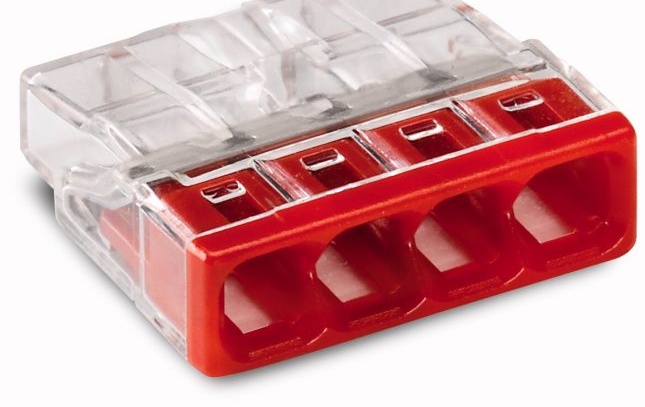
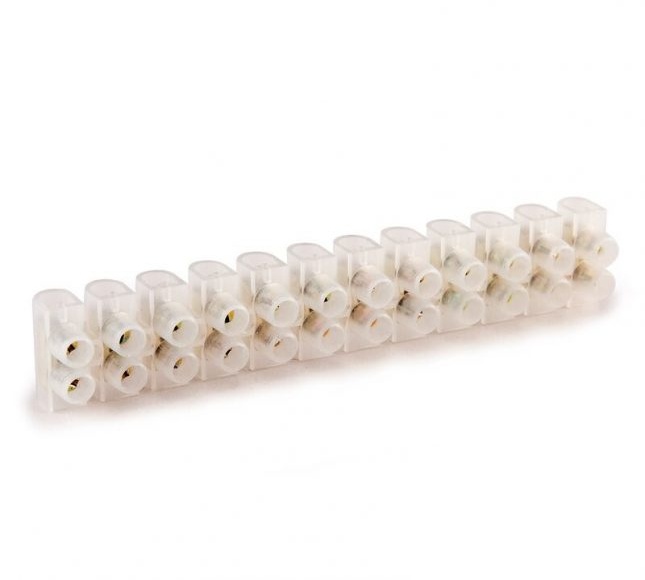
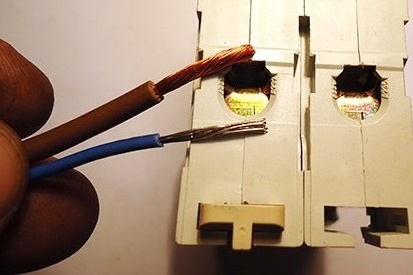
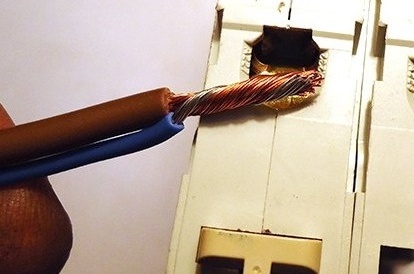
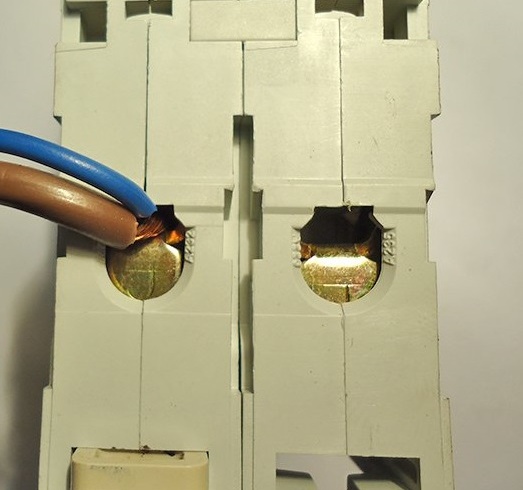
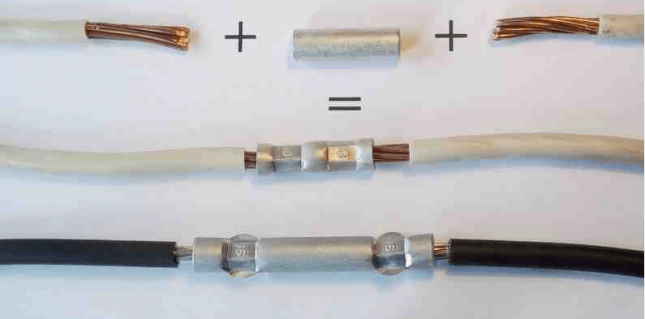
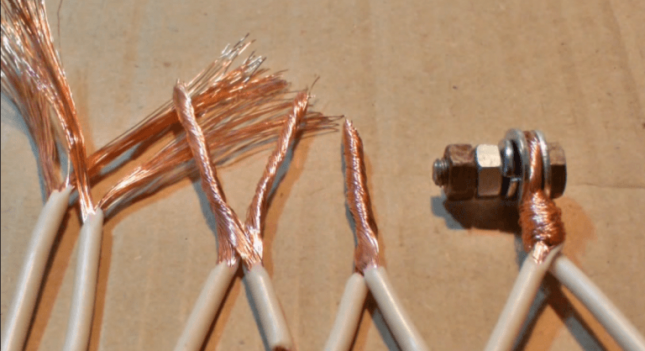
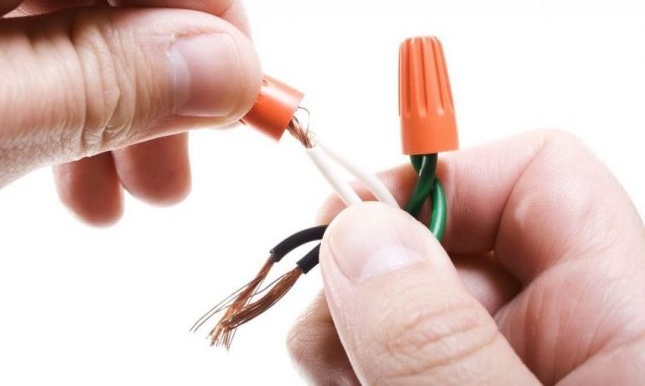
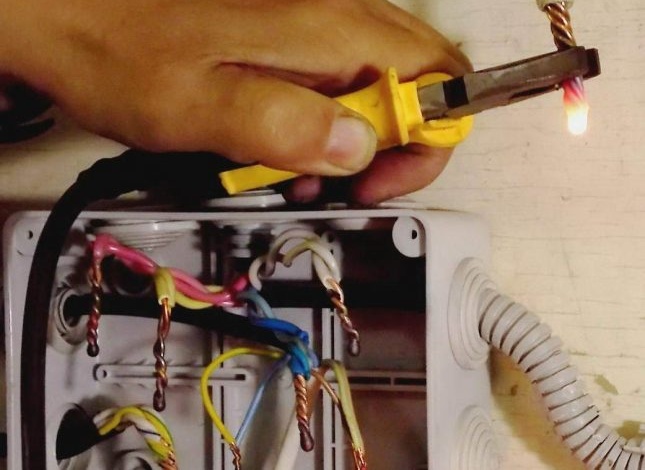
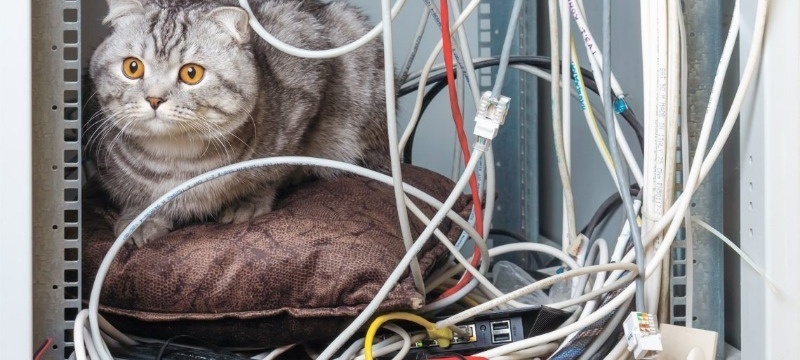
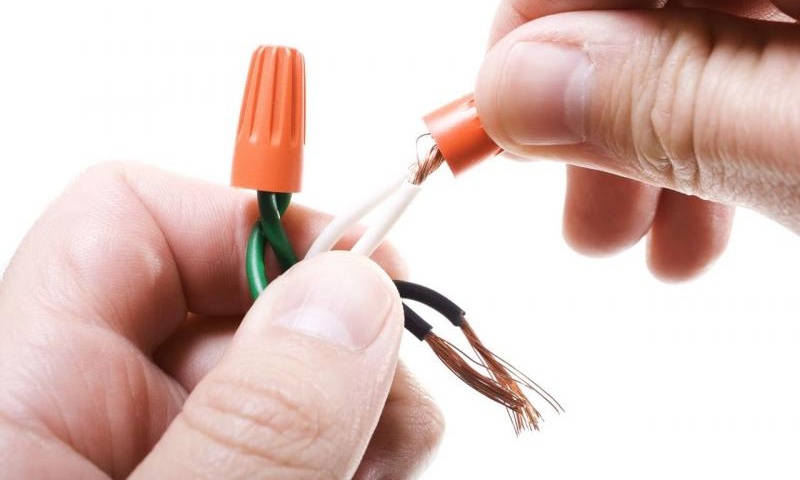
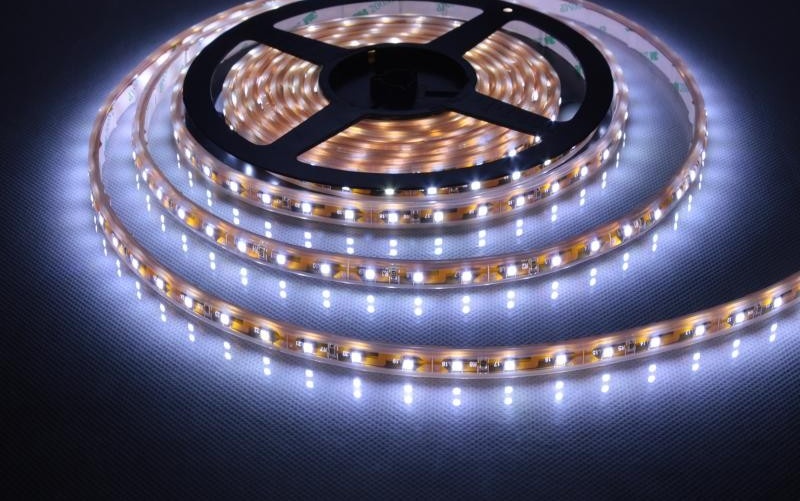
1 comment